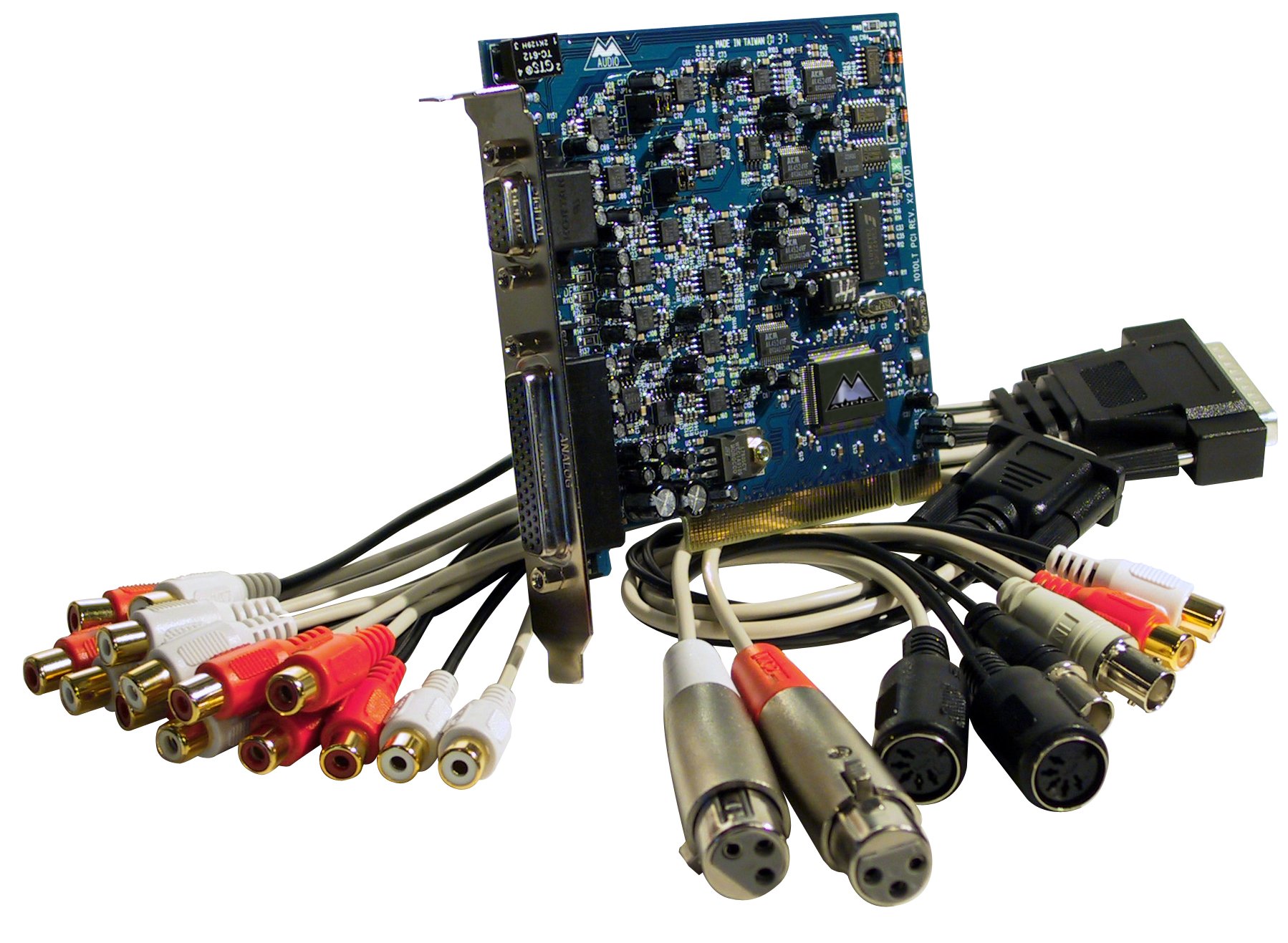
#DELTA AUDIO STUDIO REVIEW DRIVERS#
Bass is a strong suit of the Divine Deltas no matter how you use them, but closer than a metre from the rear wall and the bass can dominate.Īccuton drivers are phenomenal, but from experience there are a few things to note. I wouldn’t use them much less than about a metre from the side or rear walls.
#DELTA AUDIO STUDIO REVIEW FREE#
These are large rear-firing ports, two to a channel, but they are rear firing even with the bungs in place, this imposes limits on placement and the speakers are best in free space. With an open and a closed port, the Divine Delta plays with a bit more oomph in the low bass range, and the most neutral frequency response occurs with both bungs in place. Both ports can be opened in order to achieve a slight emphasis in the upper bass range. A switch on the rear terminal block allows for a -3dB cut to the treble, and the bass can be adjusted with a pair of bungs for the two rear-firing bass reflex ports. There is a small but important degree of seasoning available on the Divine Delta, both the treble range and the bass are adjustable. It also uses air coils, iron core coils, MKP capacitors, and MOX resistors. The crossover of the Divine Delta is a third-order network (with an 18dB/octave slope) and features Mundorf components in the signal path. If you did choose Divine Deltas and stands in a 7,1 channel system, you’d have enough cardboard to build yourself a life-size replica of Balmoral. It’s the same for the speaker stands, as they arrive ready built. However, this means a box roughly twice the volume of the loudspeaker itself for the MDF/aluminium cabinets. XTZ has gone for maximum protection (a good idea because ceramic drive units can be fragile in transit if not carefully stowed). These are large sized loudspeakers for a stand-mount, but nothing prepares you for the box they come in.

The loudspeakers do not come with the stands supplied, but do include a small plate designed for centre-channel speaker use (I’m so long out of the home cinema loop, I thought it was a replacement top-plate). The loudspeaker is bi-wired, and comes with jumpers using XTZ’s own loudspeaker cable. As suggested, the Divine Delta has two roles depending on orientation. In fact, the rest of the loudspeaker is extremely competent, too.


That XTZ can place these exotic ceramic drivers in a loudspeaker and do so without incurring a five-figure price tag is deeply impressive, no matter how the rest of the loudspeaker ultimately turns out. Whether they were the inviting midrange of Avalon designs or the units featured throughout in Marten’s models, Accuton drivers are associated with high-performance and equally high price. Why should these drive units be so important? Because outside of its native Germany, Thiel & Partner is better known by its trade name… Accuton.Īccuton drive units have featured in some of the best and best-loved top-end designs of the last few decades. XTZ uses Thiel & Partner drive units throughout the Divine Delta, specifically the C25-6-158 ceramic dome tweeter and a pair of C173-11-191 mid bass ceramic cone units flanking that tweeter.

All other considerations aside, this D’Appolito design, intended for home cinema use as a horizontal centre speaker as much as two-channel in its vertical orientation, is a serious value proposition for one simple thing – the drive units. No matter how you slice it, irrespective of how good or bad you think the XTZ Divine Delta is in sonic terms, as a value-for-money proposition, it’s outstanding.


 0 kommentar(er)
0 kommentar(er)
